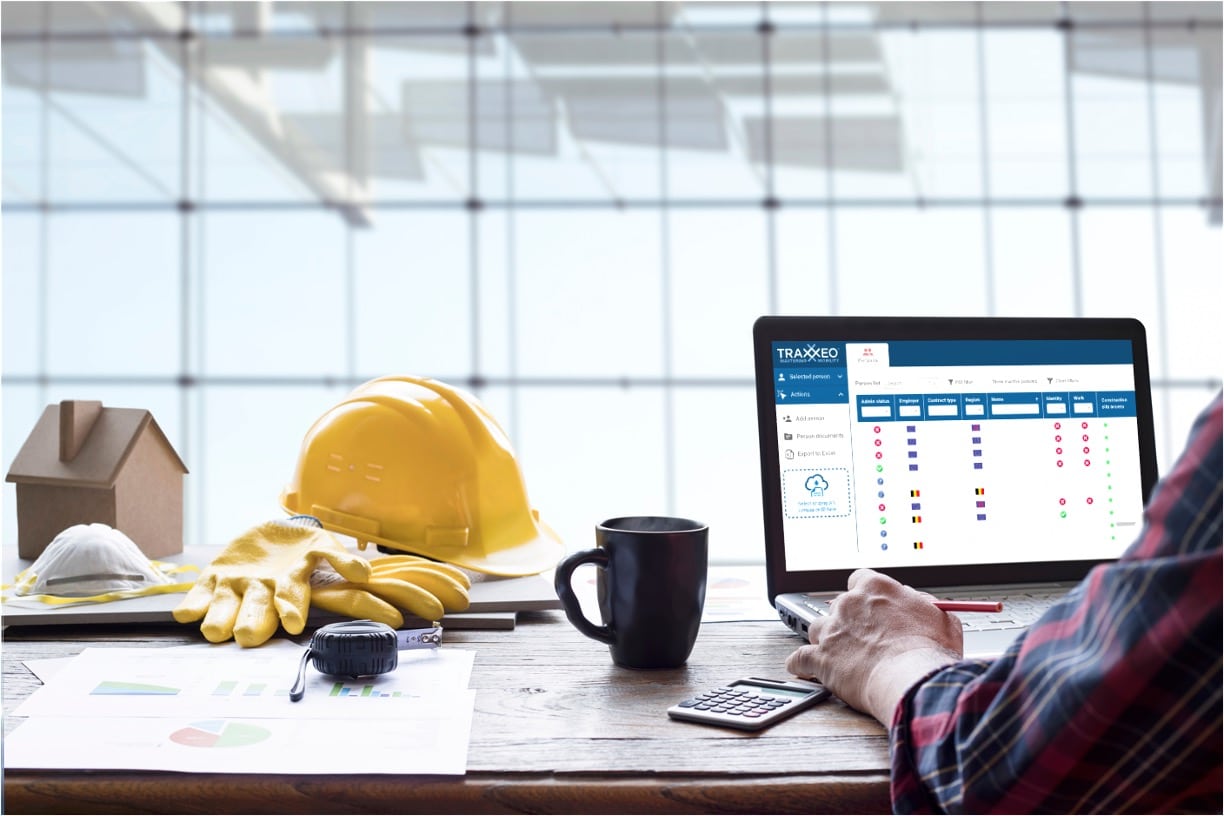Browsing Intricacy: Just How Construction Document Management Software Can Help
Browsing Intricacy: Just How Construction Document Management Software Can Help
Blog Article
Optimizing Job Cooperation: Designer's Best Practices in Construction Document Administration
In the elaborate world of building tasks, the efficient monitoring of building and construction documents stands as a cornerstone for success. Amidst this complexity lies an important concern: exactly how can architects improve partnership procedures to improve task end results?
Leveraging Cloud-Based Systems
Leveraging cloud-based platforms is a basic strategy for modern engineers in maximizing building and construction record monitoring procedures. By transitioning from standard paper-based systems to shadow remedies, engineers can enhance partnership, improve document accessibility, and enhance total task efficiency. Cloud-based systems use designers the ability to store, share, and upgrade building and construction files in real-time, guaranteeing that all group members have access to one of the most present information no matter of their area. This availability promotes seamless communication and control amongst project stakeholders, leading to less errors and delays in the building and construction procedure.
Furthermore, cloud-based systems supply a protected setting for storing delicate job details, providing security, regular back-ups, and user approval settings to safeguard information stability. Engineers can also profit from the scalability of cloud solutions, enabling them to readjust storage ability and capability based on task demands. On the whole, leveraging cloud-based platforms equips architects to optimize their building file management processes, driving better cooperation, performance, and success in their projects.
Executing Version Control Systems
Having actually developed the benefits of cloud-based platforms in building document administration, engineers can now enhance their file control procedures by applying Variation Control Equipment. Variation Control Systems (VCS) are vital devices that track changes in files, making sure that group participants are constantly collaborating with the current and most exact details. By executing VCS, designers can preserve a centralized repository where all project files are stored, enabling seamless partnership while reducing the threat of mistakes and variation disputes.
One secret advantage of Version Control Solution is the capability to track the total history of document adjustments, permitting individuals to return to previous versions if needed (construction document management). This function is specifically useful in building and construction jobs where design iterations and alterations prevail. VCS facilitates much better interaction among team participants by offering a clear audit trail of that made certain adjustments and when they were made. This transparency not just enhances accountability yet likewise helps in resolving conflicts or disparities that may arise throughout the project lifecycle.
Developing Communication Procedures
To ensure effective and efficient project coordination, architects need to establish clear and robust communication protocols within their construction document monitoring procedures. This system might be a project management software, e-mail strings, or cloud-based storage services.
Additionally, communication protocols should also include standards on just how to manage conflicts, change orders, and immediate problems that may arise during the project lifecycle. Developing a structured method to interaction makes certain that all stakeholders are on the same web page, promotes transparency, and ultimately adds to the effective completion of the building and construction task.
Using BIM Software for Control
BIM software plays a critical role in boosting sychronisation amongst job team participants in the construction sector. check over here Building Details Modeling (BIM) helps with partnership by supplying a centralized system where designers, designers, professionals, and various other stakeholders can interact in a coordinated way. Via BIM software application, task participants can access and upgrade a shared design that consists of detailed information regarding the structure design, building and construction components, and job timetables.

Furthermore, BIM software allows real-time cooperation and interaction among staff member, no matter their physical location. With cloud-based BIM systems, task stakeholders can access the most current project information, track changes, and make notified decisions without delay. On the whole, leveraging BIM software program for coordination improves project efficiency, performance, and inevitably brings about successful project results.
Ensuring Data Safety and Conformity
In the realm of from this source building and construction record management, securing information honesty and making certain regulatory compliance are vital factors to consider for designers and various other job stakeholders. Architects should execute robust protection steps to shield sensitive task info from unauthorized accessibility or violations. Using safe cloud storage options with encryption methods and gain access to controls can aid mitigate risks connected with information burglary or loss. Consistently upgrading software and systems, carrying out security audits, and supplying team training on information protection best practices are vital actions in keeping a safe and secure setting for building and construction file monitoring.

Final Thought
Finally, engineers can enhance job collaboration in building and construction document monitoring by leveraging cloud-based systems, carrying out variation control systems, developing communication protocols, using BIM software for control, and making certain data protection and compliance. These finest methods help enhance the building and construction procedure, improve communication among project stakeholders, and improve effectiveness in job delivery. By adhering to these guidelines, engineers can effectively handle building records and promote successful project results.
Through BIM software application, project individuals can access and update a common version that includes comprehensive details concerning the structure style, building components, and project schedules.
Via cloud-based BIM systems, job stakeholders can access the newest task information, track changes, and make informed choices immediately - construction document management. Overall, leveraging BIM software application for coordination improves task effectiveness, efficiency, and eventually leads to successful project outcomes
In conclusion, designers can maximize project collaboration in building and construction document monitoring by leveraging cloud-based systems, implementing variation control systems, developing interaction procedures, utilizing BIM software for control, and making sure data protection and conformity. These finest practices aid enhance the building process, boost interaction among task stakeholders, and improve performance in job delivery.
Report this page